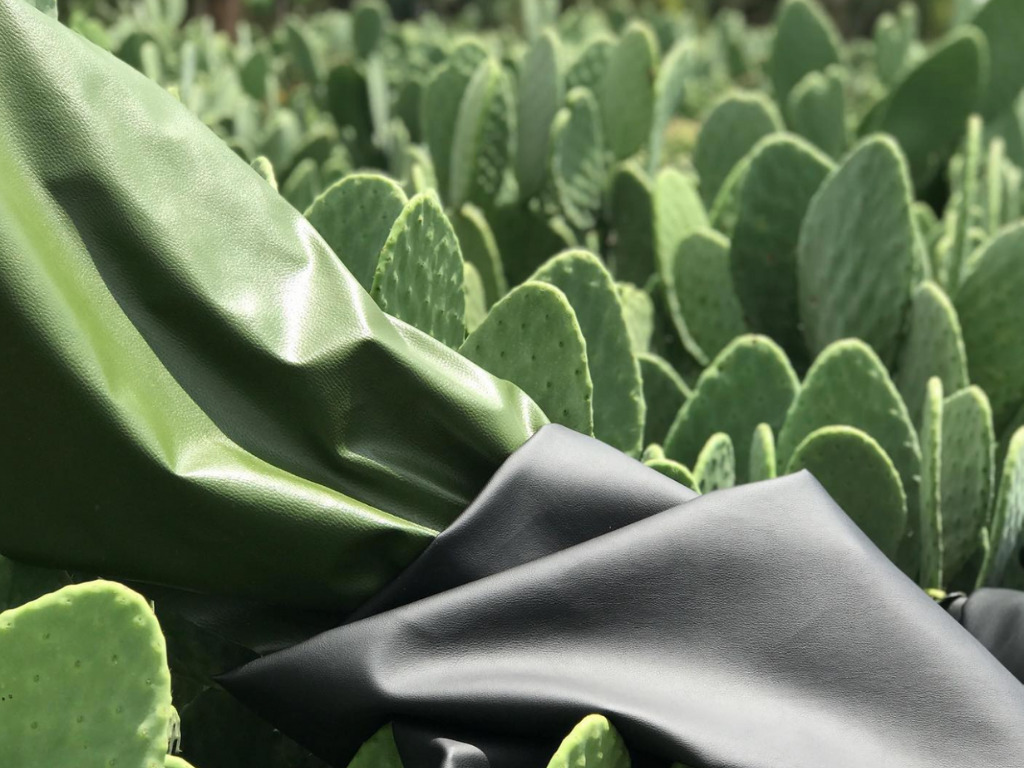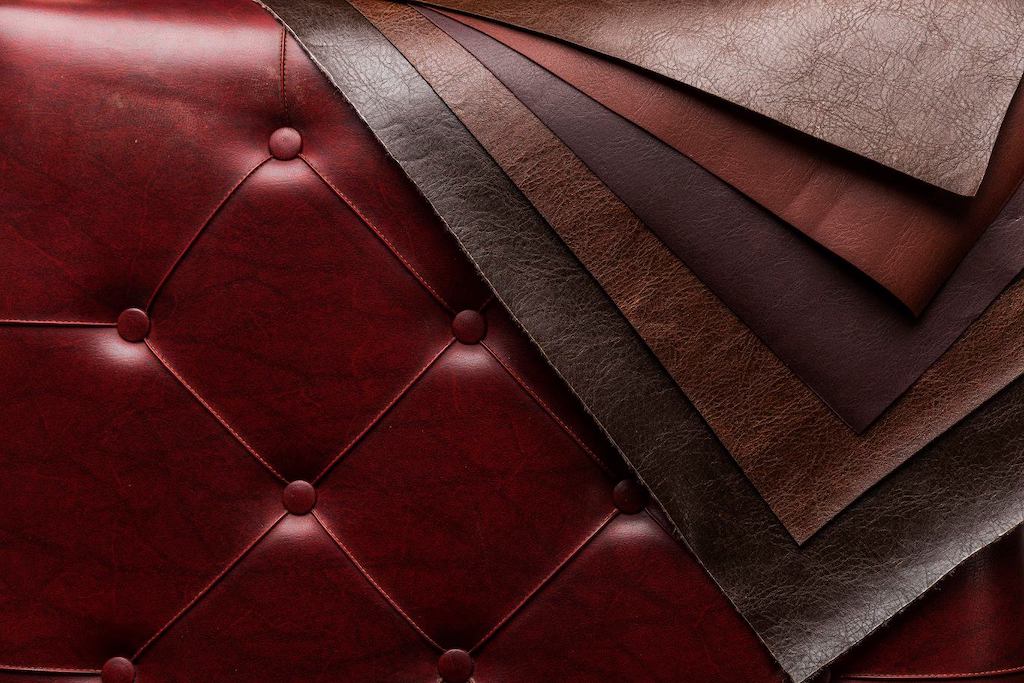5 Mins Read
The vegan and mainstream media everywhere is awash with headlines about plant-based leathers. Here at Green Queen we have covered many of these new companies and brands, from cactus leather handbags to grape skin sneakers to upcycled pineapple waste, celebrating their vegan-friendly credentials. For most people trying to avoid animal products, it’s exciting to be able to support cruelty-free brands that are supporting material innovation in alternative leathers. But how green are they really? While some innovators have created 100% biobased materials and other players are attracting big funding rounds, recent research and reports shared by anti-plastic activists have highlighted that some of these materials contain plastics like PU and PVC, making their end of life troubling. We decided to ask sustainable material expert Dr. Ashley Holding, founder and Principal Consultant at Circuvate, an independent expert consultancy focused on eco-materials, recycling, and circular product innovation in the Fashion and Apparel sector, for his views on the subject. Dr Holding has a PhD in cellulose processing from the University of Helsinki and regularly appears in outlets such as Apparel Insider, Ecotextile News, and Greenbiz as an authority on textile and materials sustainability. Below, he answers all our questions about the burgeoning sector of alternative vegan leather.
GQ: How sustainable are plant-based leathers, really?
AH: It depends on what is most important, and how you measure it. I have previously criticised the lack of thought of the end-of-life of these materials, as they can often be both un-recyclable and non-biodegradable composites of many different materials. This limits their application in a so-called circular economy, meaning new materials will need to be produced each time a shoe or a bag based on these materials is thrown away.
However they do tend to have a lower carbon footprint than animal leathers, but then again so can fully synthetic leathers, which can also be partially bio-based.
However, some people are more concerned with the presence of plastics, the use of petroleum resources, and biodegradability than any absolute measure of carbon footprint, for example. These are all potential concerns with the plastic and plant composite ‘plant-based’ leathers.

GQ: Are plant-based leathers as eco as advertised’? Do you think consumers and brands understand that they contain plastic?
AH: Many suppliers do try to selectively advertise their materials by focusing excessively on certain attributes and omitting others as part of their marketing. For example, just because something is plant-based doesn’t mean it’s biodegradable, and it also doesn’t mean it is plastic-free. Many ‘plant-based’ leather suppliers either don’t mention this all, or bury it deep with their FAQ pages. Sometimes, brands are not entirely clear about exactly what is in the materials that they are buying.
GQ: What is the end of life on the most popular plant leathers?
AH: Like most materials in footwear and accessories, this is going to go to landfill or incineration. There is no real focus in most cases on end-of-life, either in terms of recyclability, or compostability.
GQ: What is the feedstock source of the most popular leathers?
AH: Typically they tend to be some sort of natural material, which could be a waste. These could be a fungal mycelium (technically, making it not plant-based), apple skin, cactus, grape skins, you name it. Typically anything with a high cellulose content.
These are then typically mixed with a petroleum-based or bio-based polyurethane plastic, or in some cases a bio-plastic such as (poly)lactic acid (PLA). Most plastics come from petroleum, but some can be bio-based. In the latter case, the typical feedstocks are corn and sugarcane. The plastic element can range from either the main component, where the natural material is simply a filler, or the opposite where the main structural material is natural and the plastic acts as a coating or binder to make it look more like and act more like leather.
In essence, the majority are similar to the plastic ‘pleather’ or faux leather, which has been around for decades, and are really only incremental innovations.

GQ: Are any of the plant-based leathers 1) compostable and 2) 100% bio-based?
AH: Some companies are aiming to make all plant-based and plastic-free composites typically based on cellulose perhaps with some other plant-based additives mixed in. Some can also be 100% bio-based, however, because they use bio-plastics as filler or binders. The properties of the materials will differ depending on their specific formulation, and some may be very far from animal-based leather.
However, compostability has a strict set of defined criteria based on standardized tests and certifications. I haven’t to date seen any which comply with these standards, although that doesn’t rule it out in the future. You also have to consider the whole infrastructure needed to get products at the end of life back to a composting facility. In most cases, this is not going to happen right now, and the materials will be instead be landfilled or incinerated.
GQ: What are the most sustainable and vegan-friendly textiles?
AH: I think this is a difficult question to answer without knowing about what you prioritise as a brand or a consumer. There are often competing priorities at play, and there is no “most sustainable” anything. Sustainability is a journey, and there is always something that can be improved.
Both mass-produced virgin petroleum-based polyester and organic, regenerative farmed, locally sourced hemp textiles are technically vegan, but obviously, they have very different applications, properties, and environmental impacts.
In general, though, the most sustainable items are ones that you already have. The next most sustainable are those that you buy second-hand.
If you absolutely must buy something new, items with recycled and bio-based materials generally tend to have a lower carbon footprint, although there are some edge cases. Each of these comes with trade-offs in other impact categories, however. Transparency around the source of the materials and their production is also important, as the environmental footprint of manufacturers’ operations will differ.
Lead image courtesy of Dr Ashley Holding.





